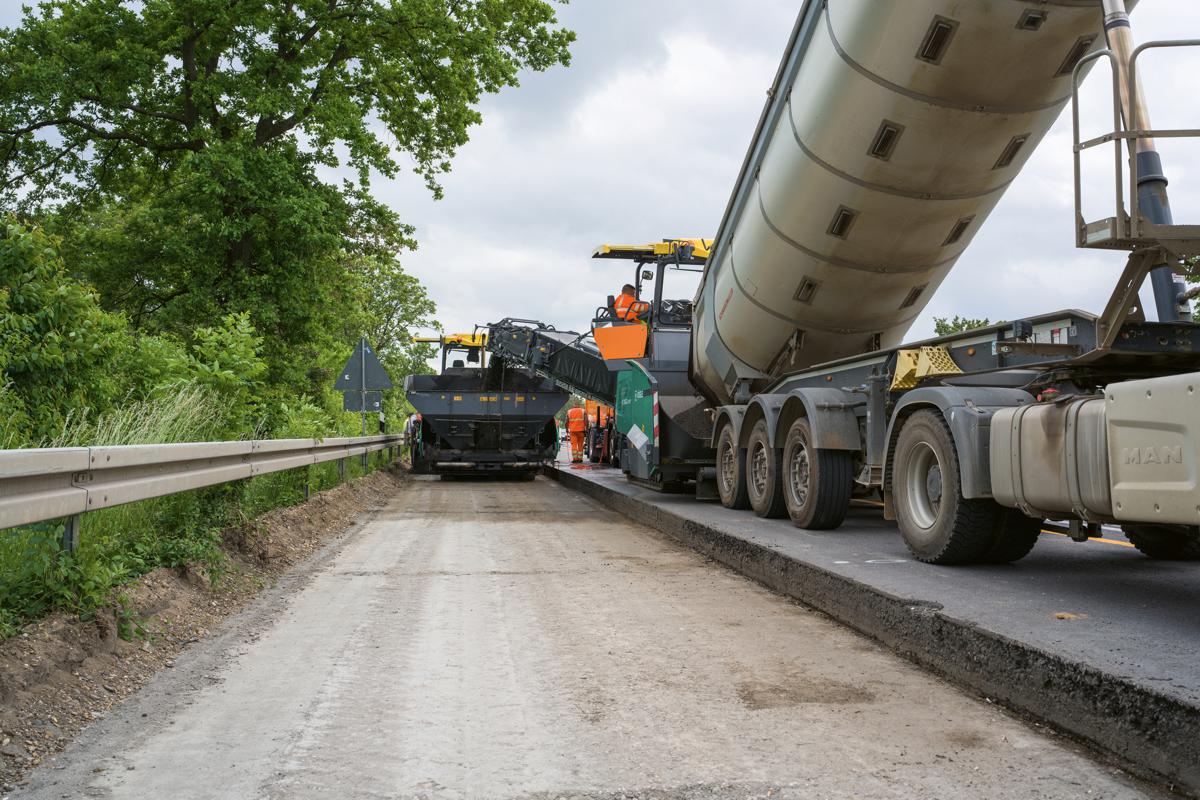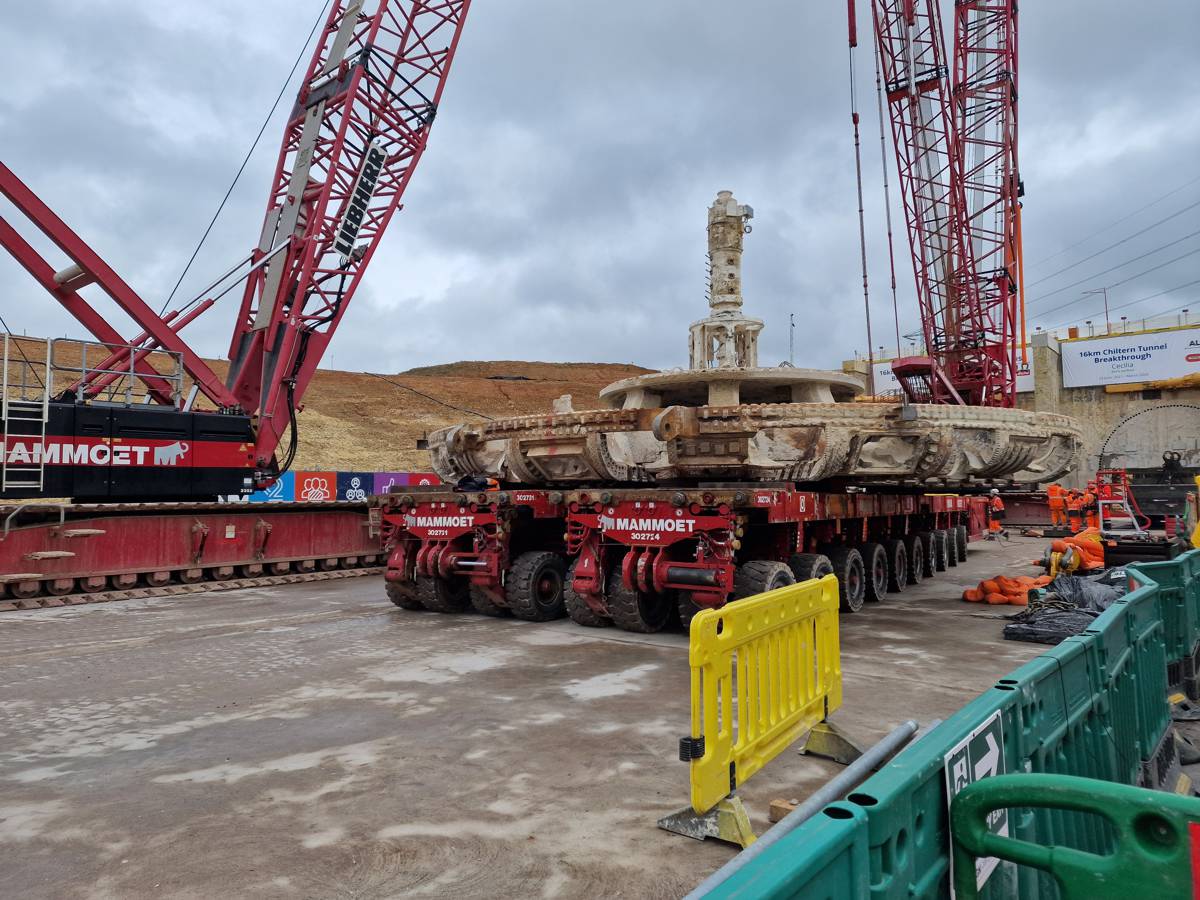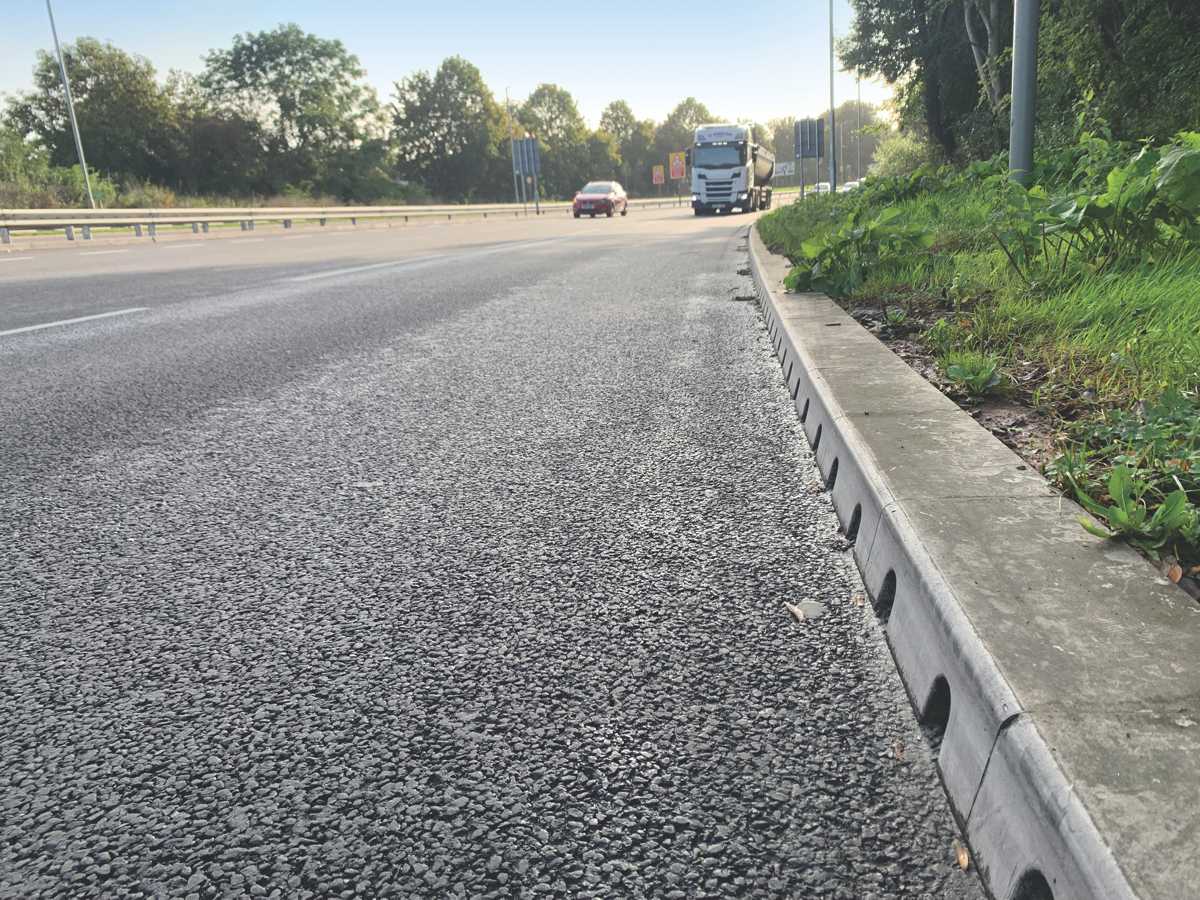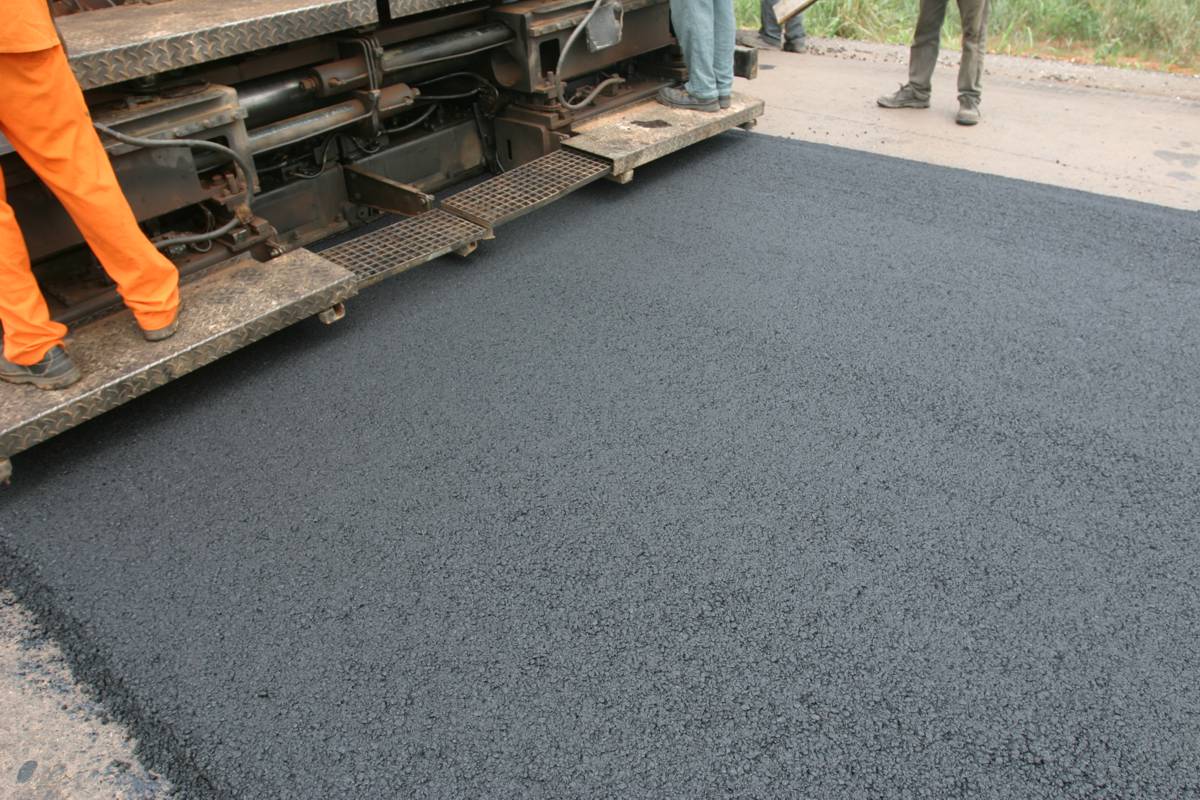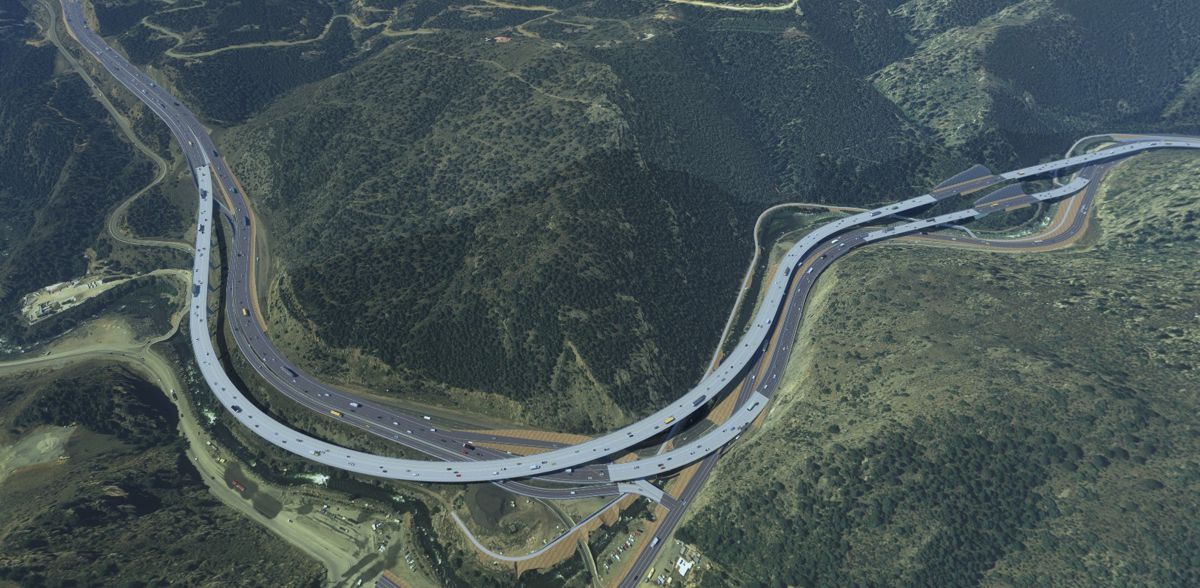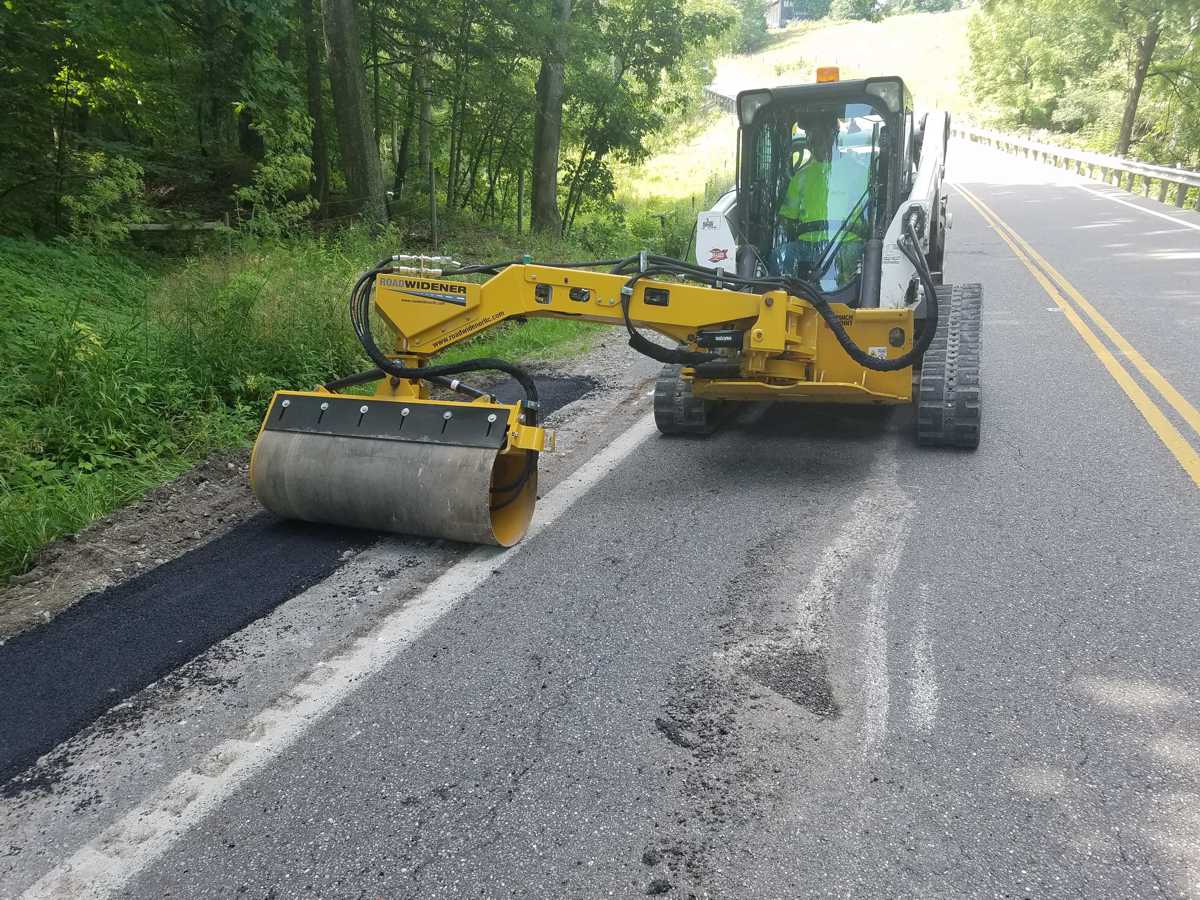How to prepare a Construction Site for Projects
Breaking ground on a new project can be one of the most exhilarating and stressful experiences for administrators and managers. Before your crews can get to work, every site needs to go through a comprehensive preparation process to ensure operations run smoothly.
These steps will be unique for each project. Some jobs might require equipment that others won’t, and some might include extra steps. For instance, if you’re going to create a water accent like a pond, stream or fountain, you might need to dig out a reservoir.
There are many things to consider when preparing a site for construction. Here are some main things to keep in mind.
What Is Site Preparation? Why Does It Exist?
Each construction project is unique, and every site is different. However, one thing remains true for every project: Site preparation is a necessity. It requires adjusting, manipulating or terraforming the area so additional activities can commence. During the site preparation phase, contractors must also plan for essential infrastructure installation, including lv mains distribution systems that will provide electrical power throughout the construction site and for the completed development. In most cases, a project cannot move forward without the site being properly assessed, managed and adjusted.
For example, any decrepit structures need to be demolished first. The debris must be cleaned up, and the original foundation may need to be removed and destroyed, as well. The land may also require additional support, like levelling and filling.
All these tasks are considered to be part of the site preparation phase. Sometimes these activities are carried out by a third party or subcontractor.
Here’s what to expect during the site preparation phase.
1. The Initial Assessment
A site must be properly assessed and analysed before any work begins. What needs to happen before breaking ground? Does the area need to be cleared of existing structures, plant life or debris? Does the ground need to be graded, levelled or filled? Will the existing materials and layout be sufficient? What other elements need to be added, adapted or removed — like water or landscaping add-ons?
A land or site survey, also called construction staking, must take place. The area will be measured and marked for proposed structures or development components. This has to happen during initial planning because the designs may or may not need to be changed to accommodate land or site requirements.
Some important assessments that take place during this phase include:
- Site surveying, zoning and possible permitting
- Soil and materials testing
- Ground adjustments for septic tanks, fuel tanks and underground fixtures
- Geotechnical site investigations
- Groundwater discovery and conditions testing
- Ecological surveys or environmental requirement discoveries
2. Clearing, Grading and Levelling
Whether the plan is to build a road, new business or home, the site will need to be physically modified. Trees and large greenery must be cleared. The ground will be graded and leveled, and the appropriate materials need to be brought in and spread. This could include sand, gravel or dirt.
Proper or skilled grading is of the utmost importance during this phase, as it can influence both the success and the longevity of the finished product. If the ground isn’t graded and leveled appropriately, the structure may experience severe growing pains over time as the foundation underneath moves and settles.
Grading correctly calls for using the right technologies and add-ons, such as a bulldozer with an effective blade attachment. Moreover, a blade with slotted sides is almost always necessary to boost capacity. This item can increase the amount of materials that blades can move and hold by up to 30%. It speeds up the project by allowing workers to handle more earth during their tasks.
3. Moving and Stowing Materials
After the site has been cleared and prepared, the building materials must be moved on-site, unless the plan is to store them nearby. This requires a unique preparation phase.
The ground and area must be prepared for stowing the materials, but it also must be located in a place that won’t get in the way of the main project or structure. That may call for additional site preparations, merely for the materials storage and handling area. Maybe you need to clear more trees or debris and flatten another small patch of land.
The final step in this phase is to move the materials, equipment and other components on-site and organize them according to the storage area. Additional temporary structures may need to be built, like a canopy to protect wood and other materials from the elements.
4. On-Site Safety
On-site safety is another consideration for any construction operation. It’s just as important during the site preparation and planning phase as it is when building is taking place.
As part of planning, managers and surveyors should consider site requirements, properties, and environmental conditions that would otherwise influence worker and hardware safety. A steep slope could pose a serious threat to heavy machinery and employees. It might call for reinforcing the grade, building a small guide wall, or moving the project’s boundaries.
Understanding common problem areas is an OSHA guideline, and failing to do so generally results in some of the most common safety violations. It’s important not to skip or avoid this part of the process at any stage of the project.
5. Active Investigations and Monitoring
Active site monitoring, which occurs at the tail end of the preparations phase and is a continual part of the main construction project, is crucial for successful operations. A proactive approach to monitoring is necessary. It’s also where smart technologies can really come in handy, like automated drones, remote monitoring solutions, mobile worker platforms and more.
Site managers should assess the project site regularly to account for ground or environmental changes, potential safety hazards and other preparation-related elements. Maybe the soil was not vetted correctly, or something changed and the land became unstable. The project would be stopped, adjusted and possibly even reversed to account for various dynamics.
Ready to Rock and Roll
After completing all required preparations, it’s time to get the bulk of the construction project going, which means building that new roadway or amassing the structure’s foundation. Correct and efficient site prep directly supports the project’s future. It means there’s no need to halt progress later to deal with potential ground or environmental issues, and there’s plenty of room to work on the project, including a place to store materials, hardware and other supplies.
Failure to prep the job site could have sweeping implications for the future of the current project as well as other development projects within the vicinity. You should never fail to plan.









